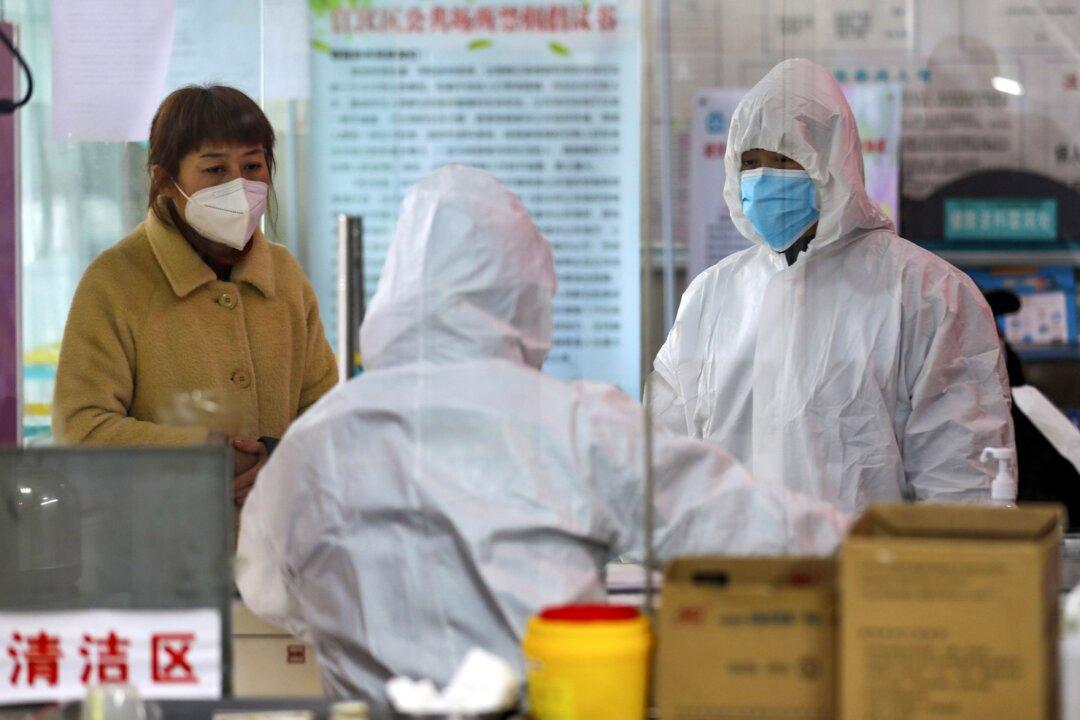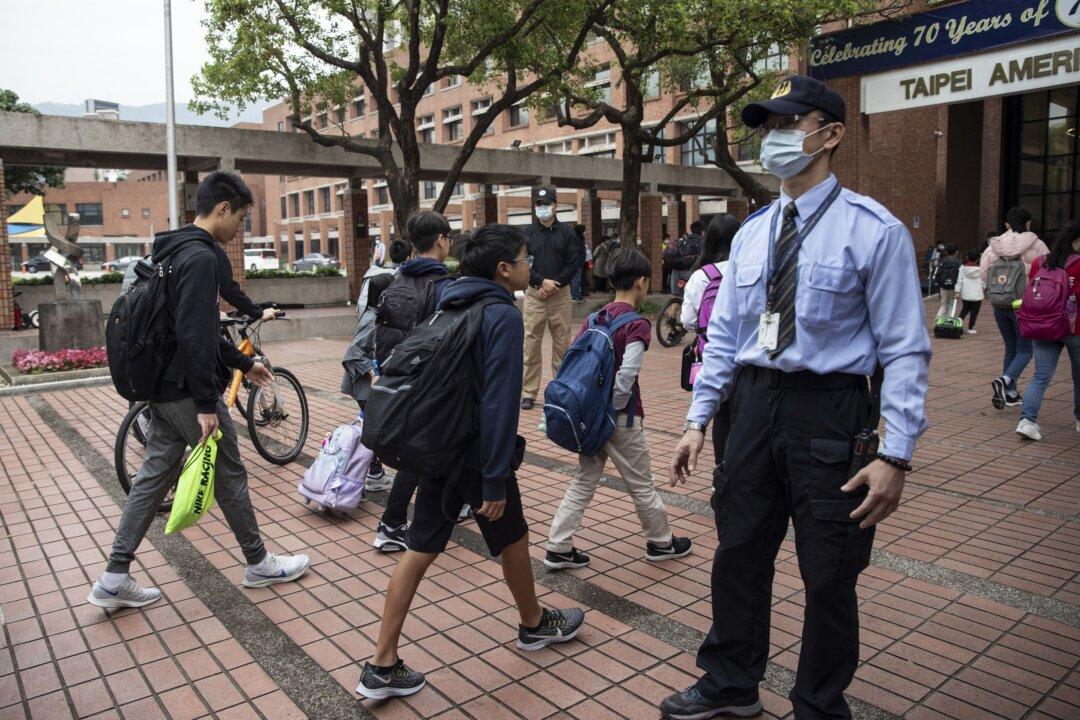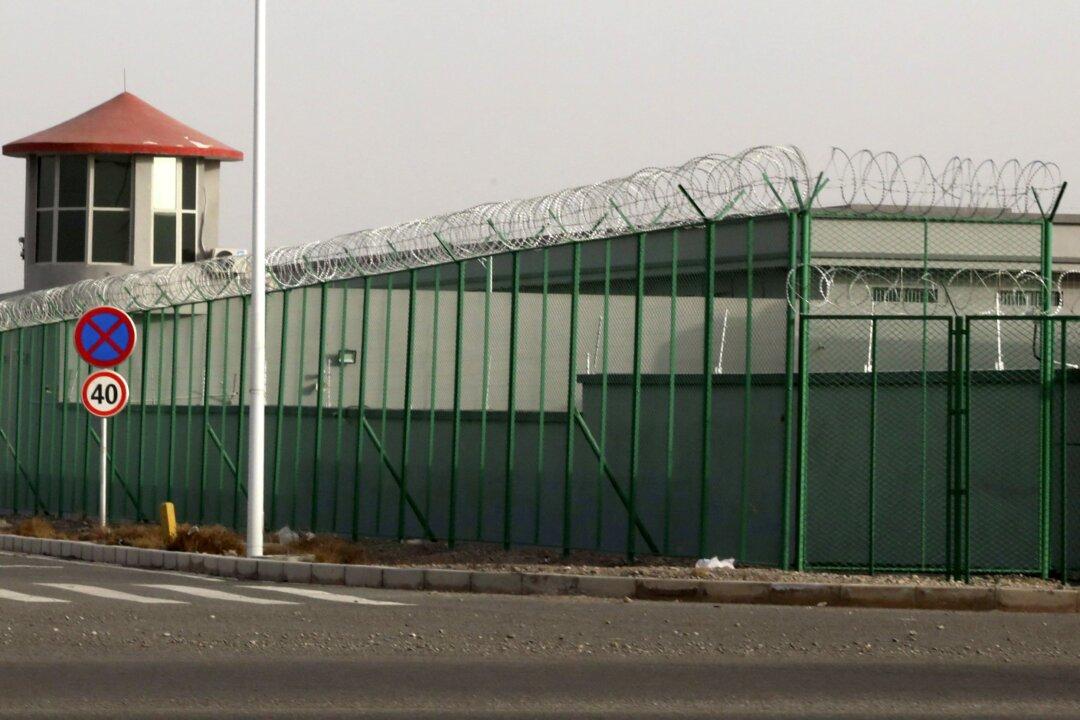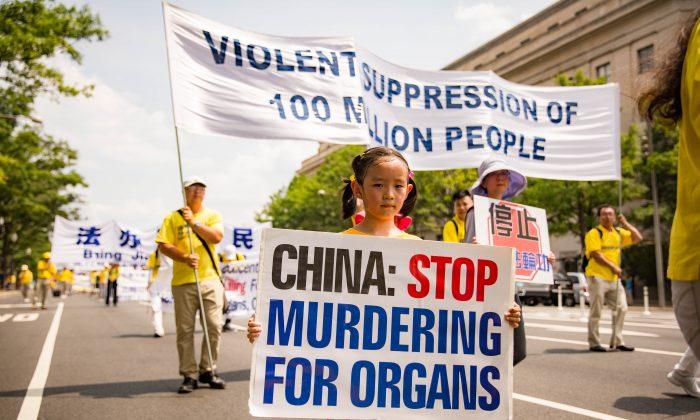Commentary
Today, truth and facts are valuable but contentious commodities. Every day we hear information that could turn out to be “fake news” and are presented with “alternate facts.” We are bombarded with endless information, including rumours and lies, from both traditional and new social media sources. Political calculations and objectives manipulate information. Most people find it hard to decipher and many give up.





